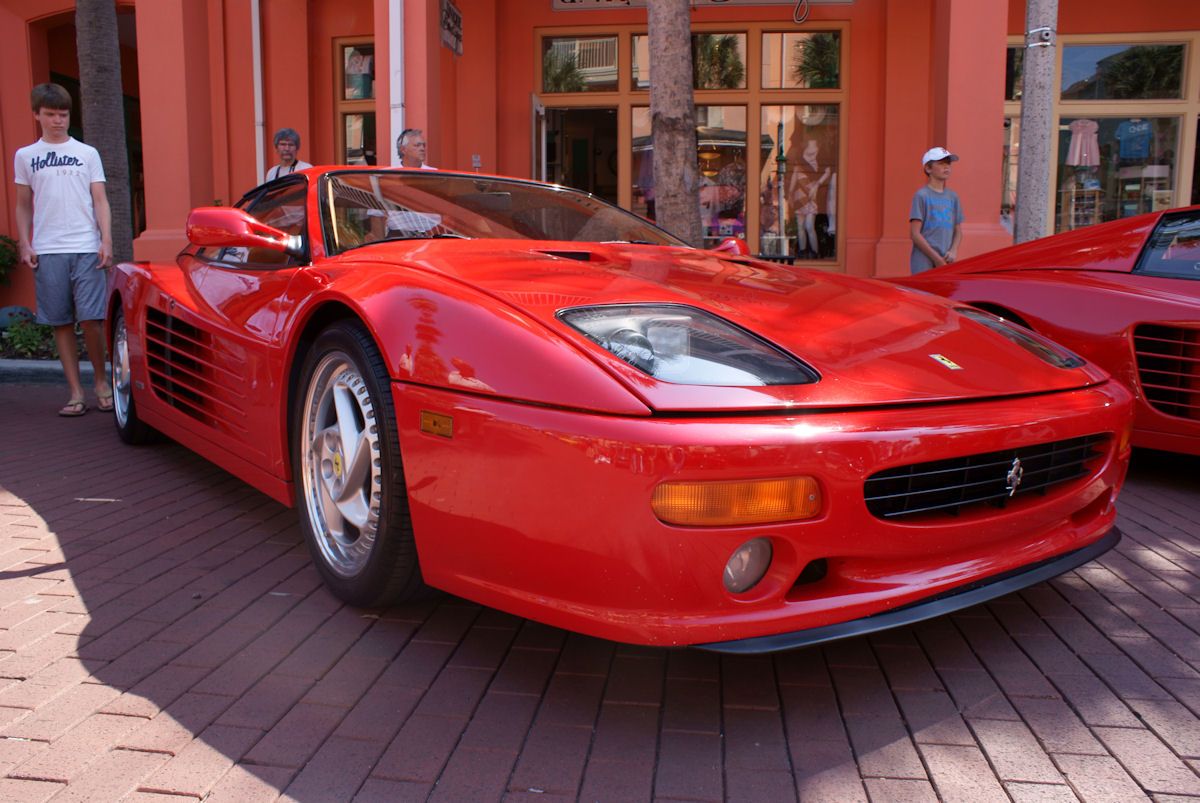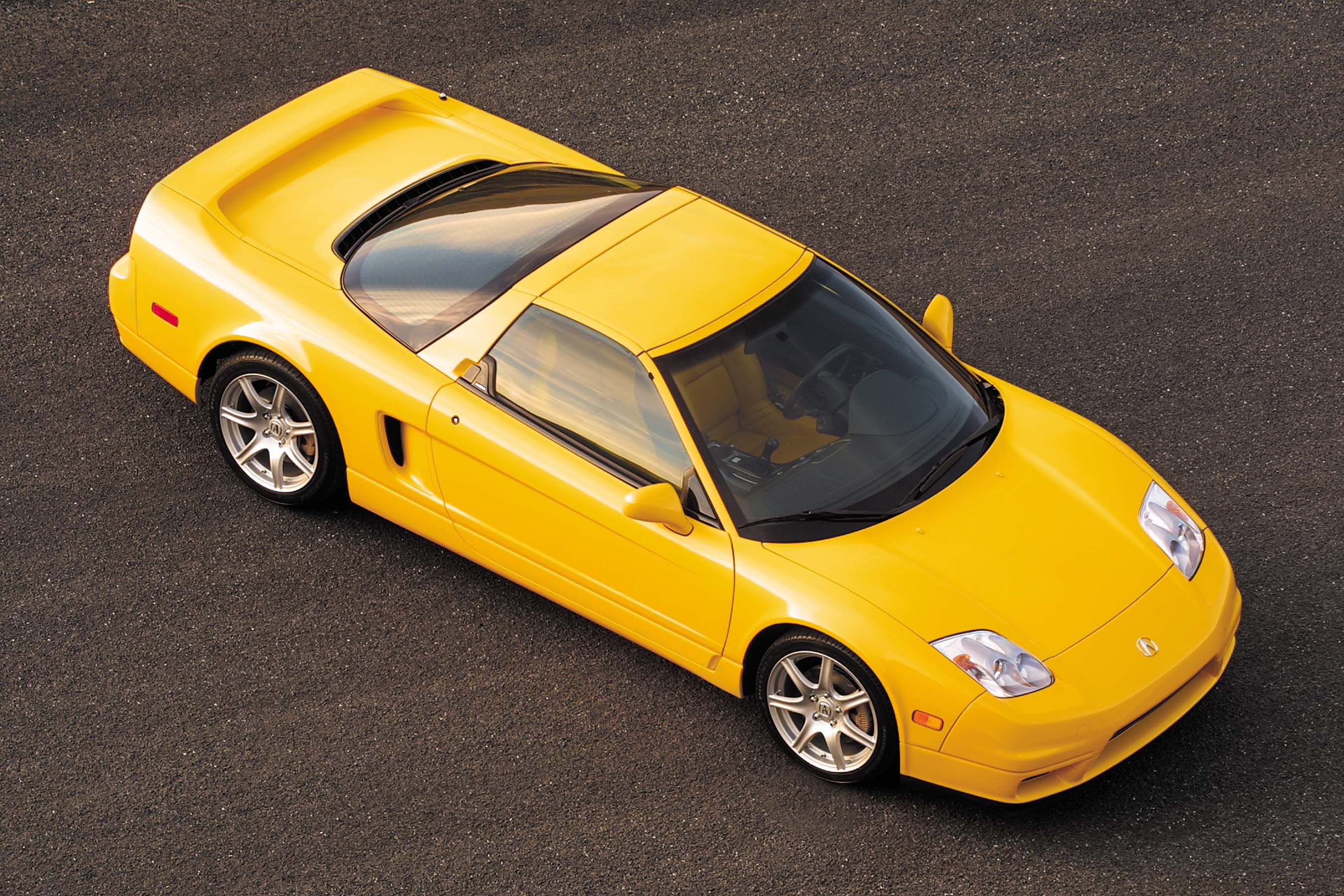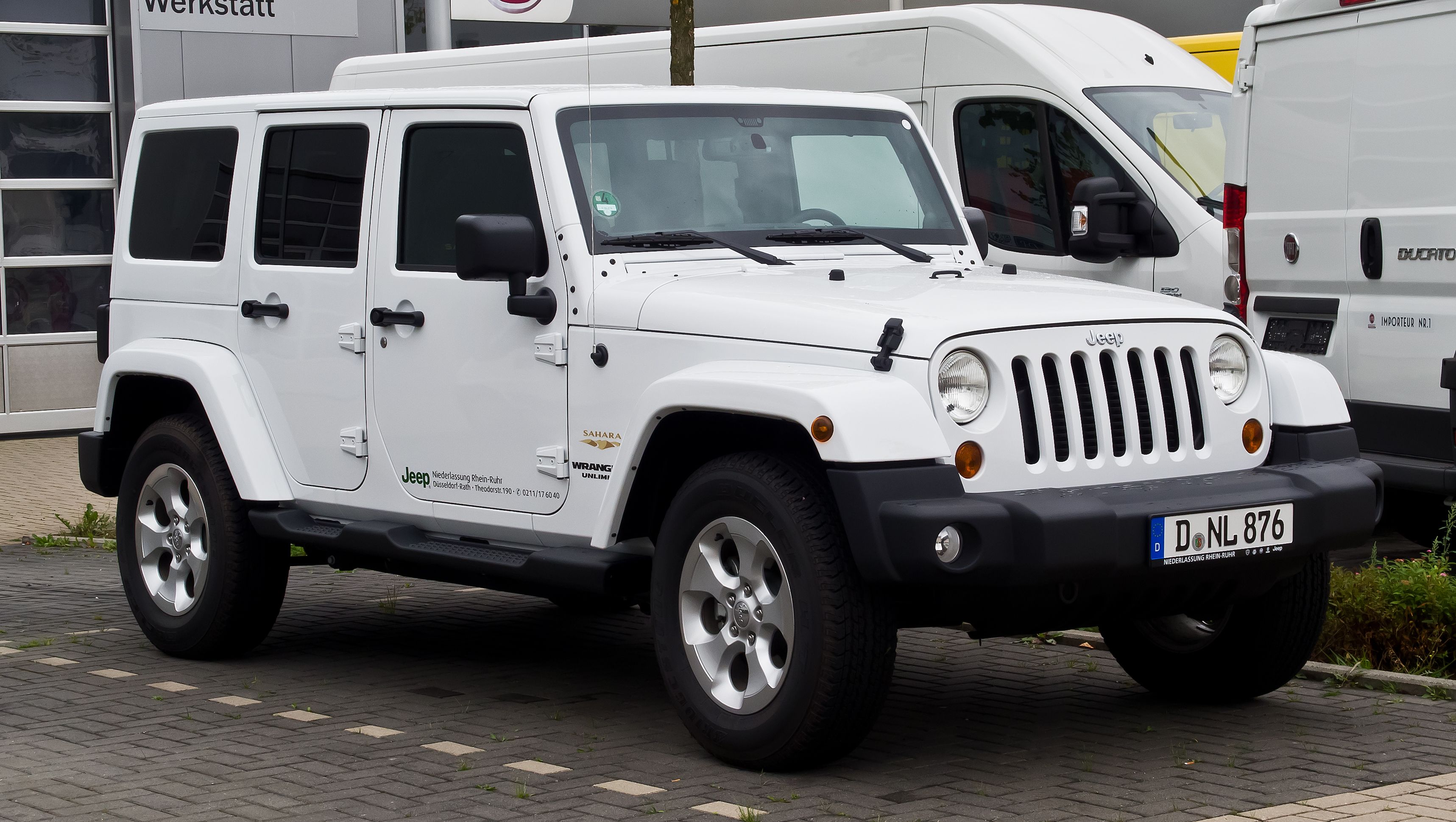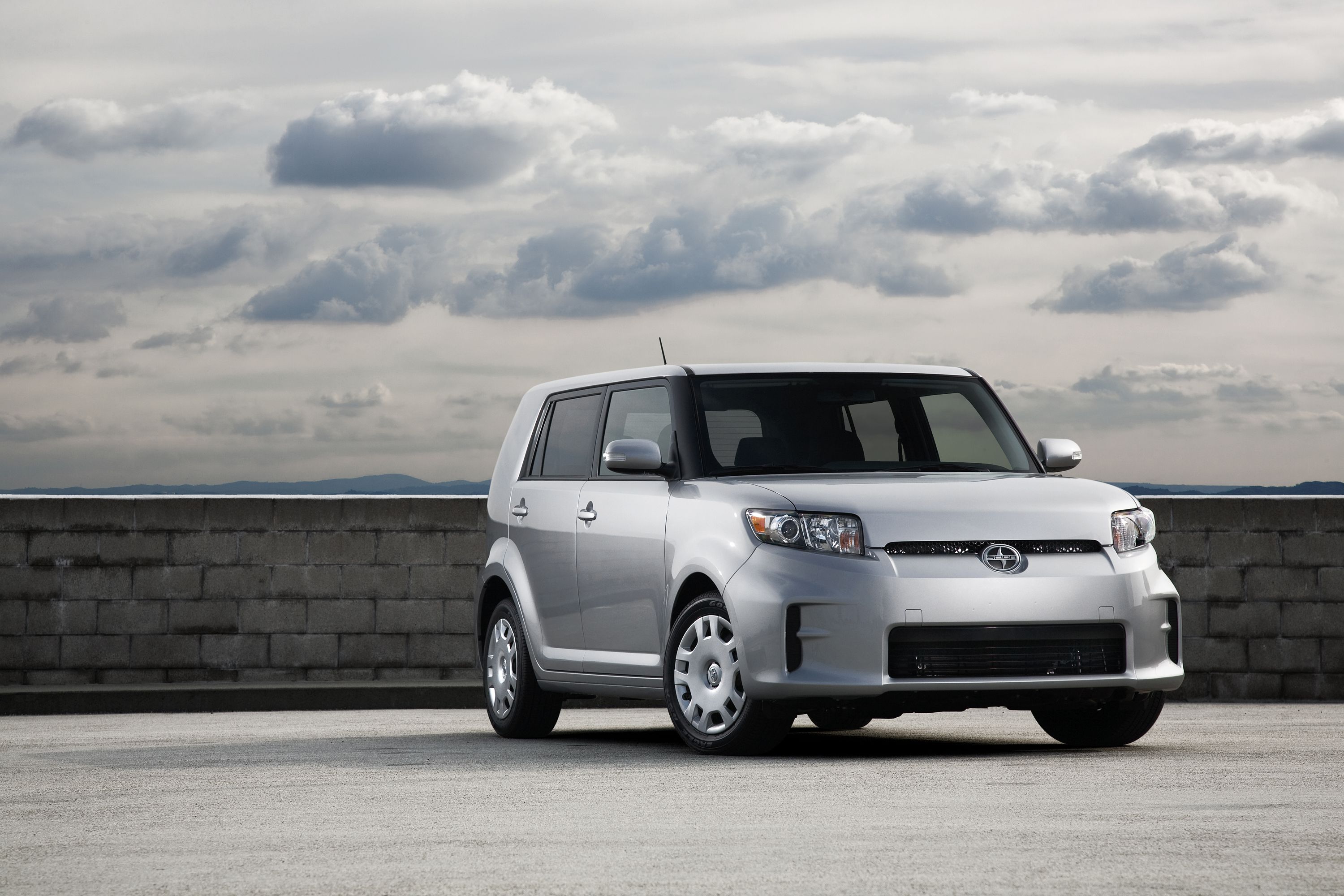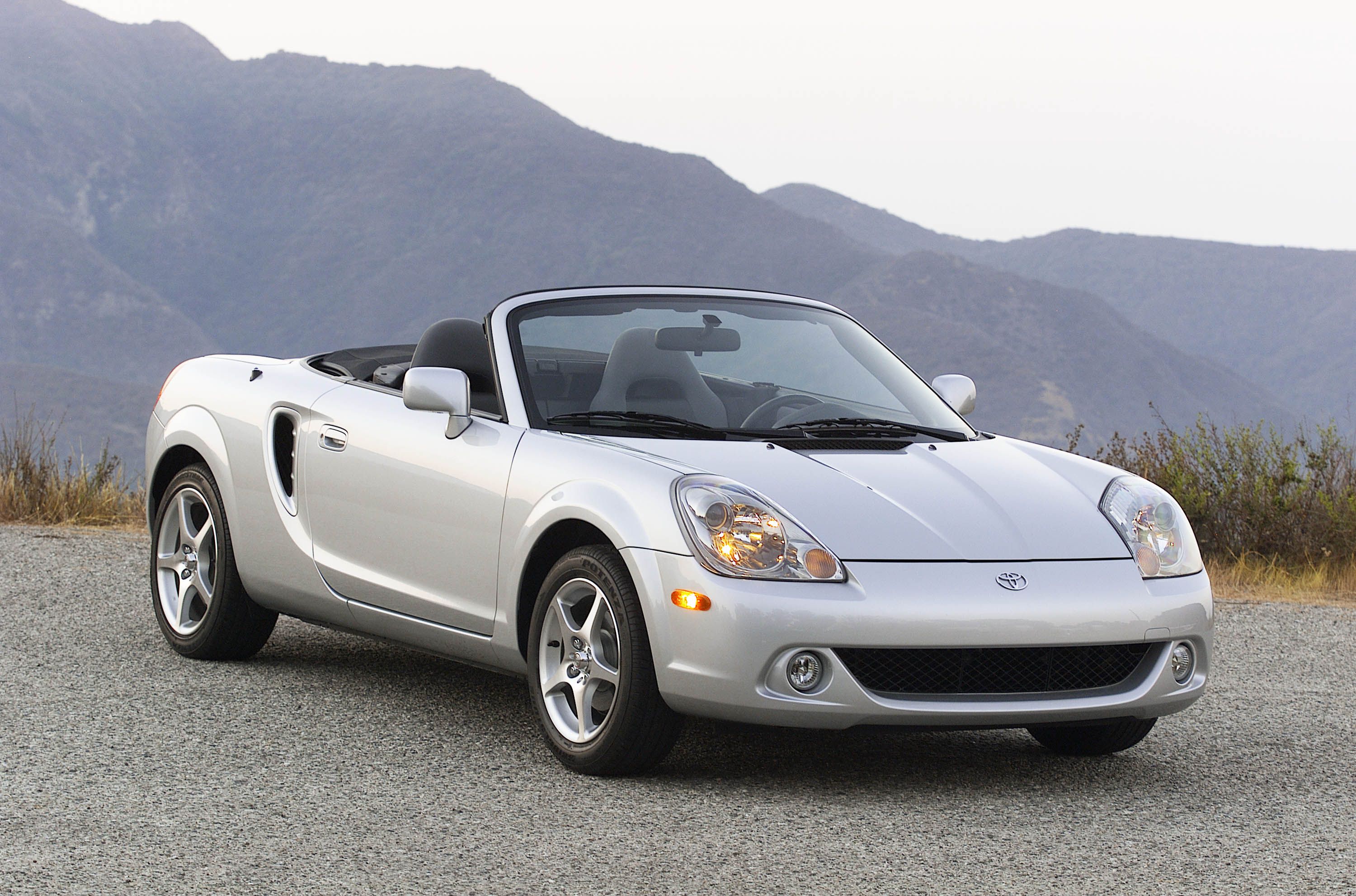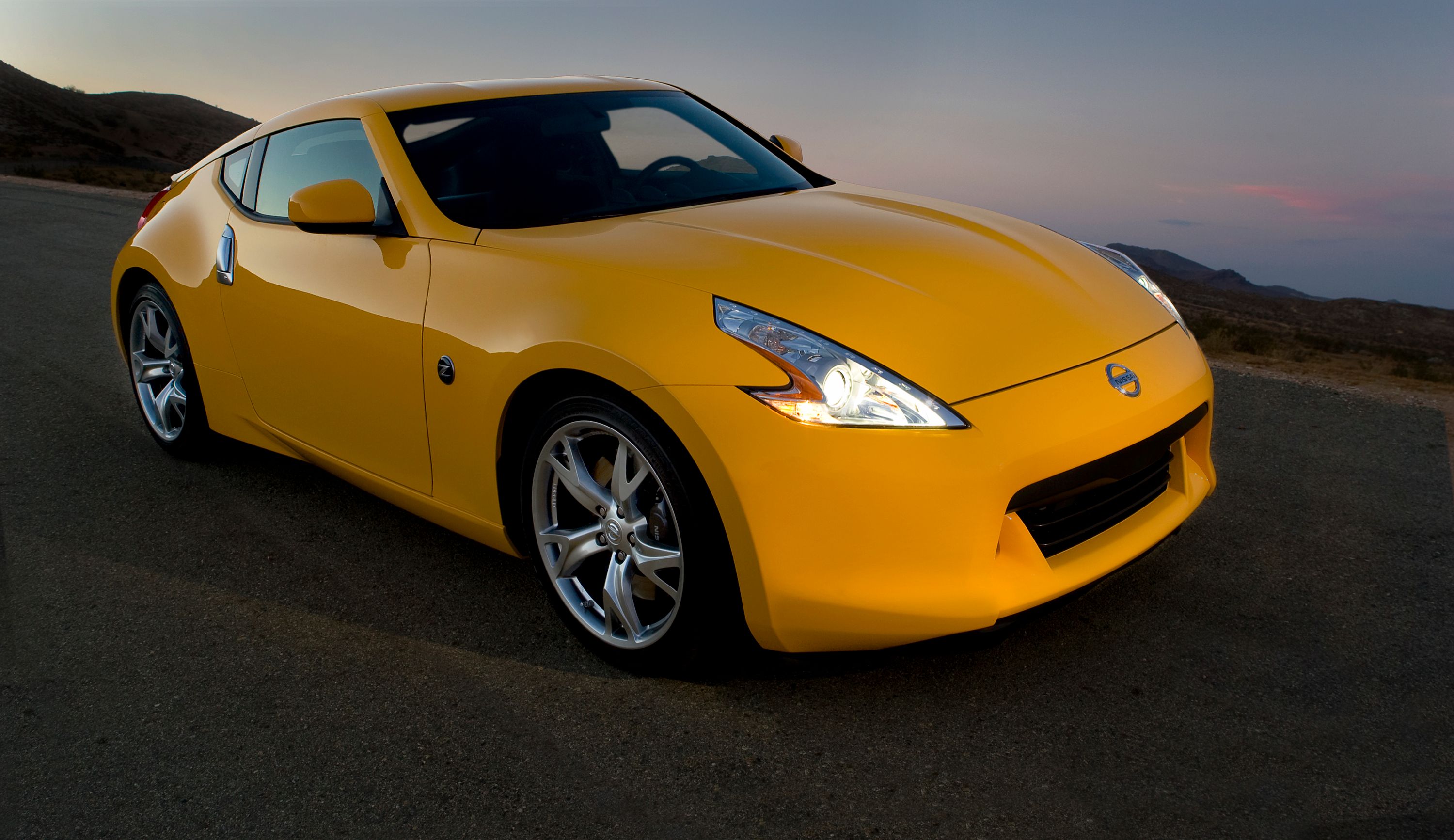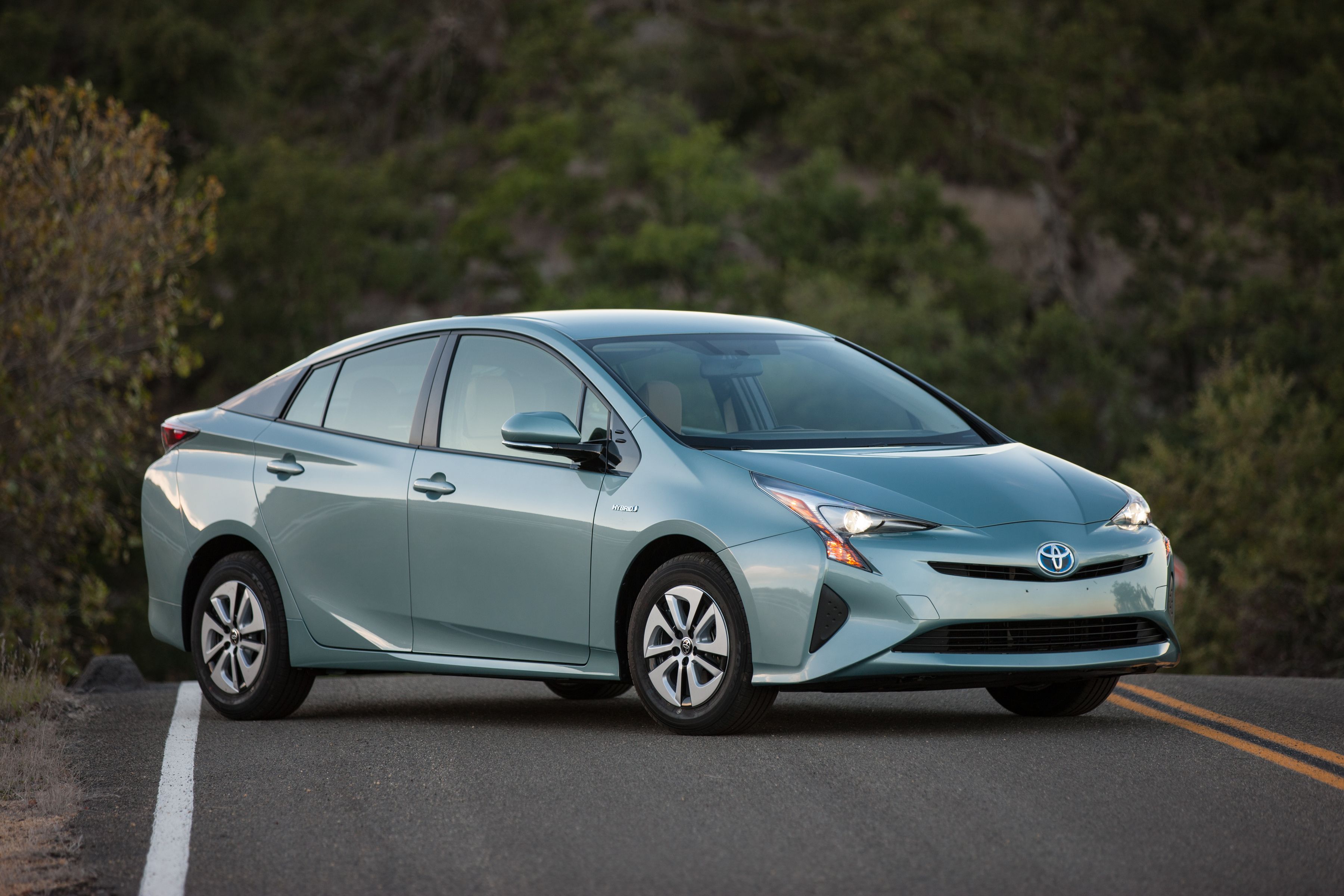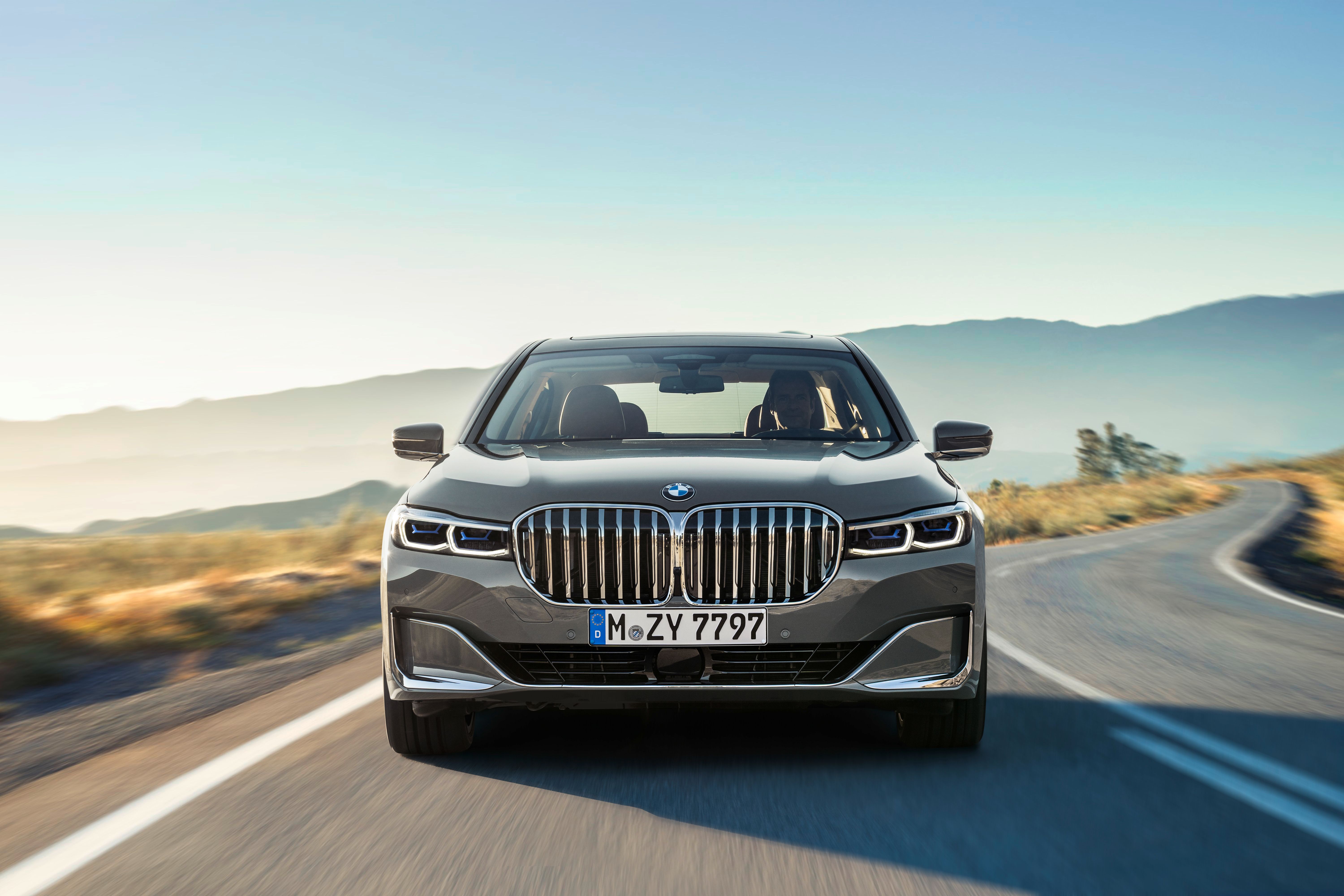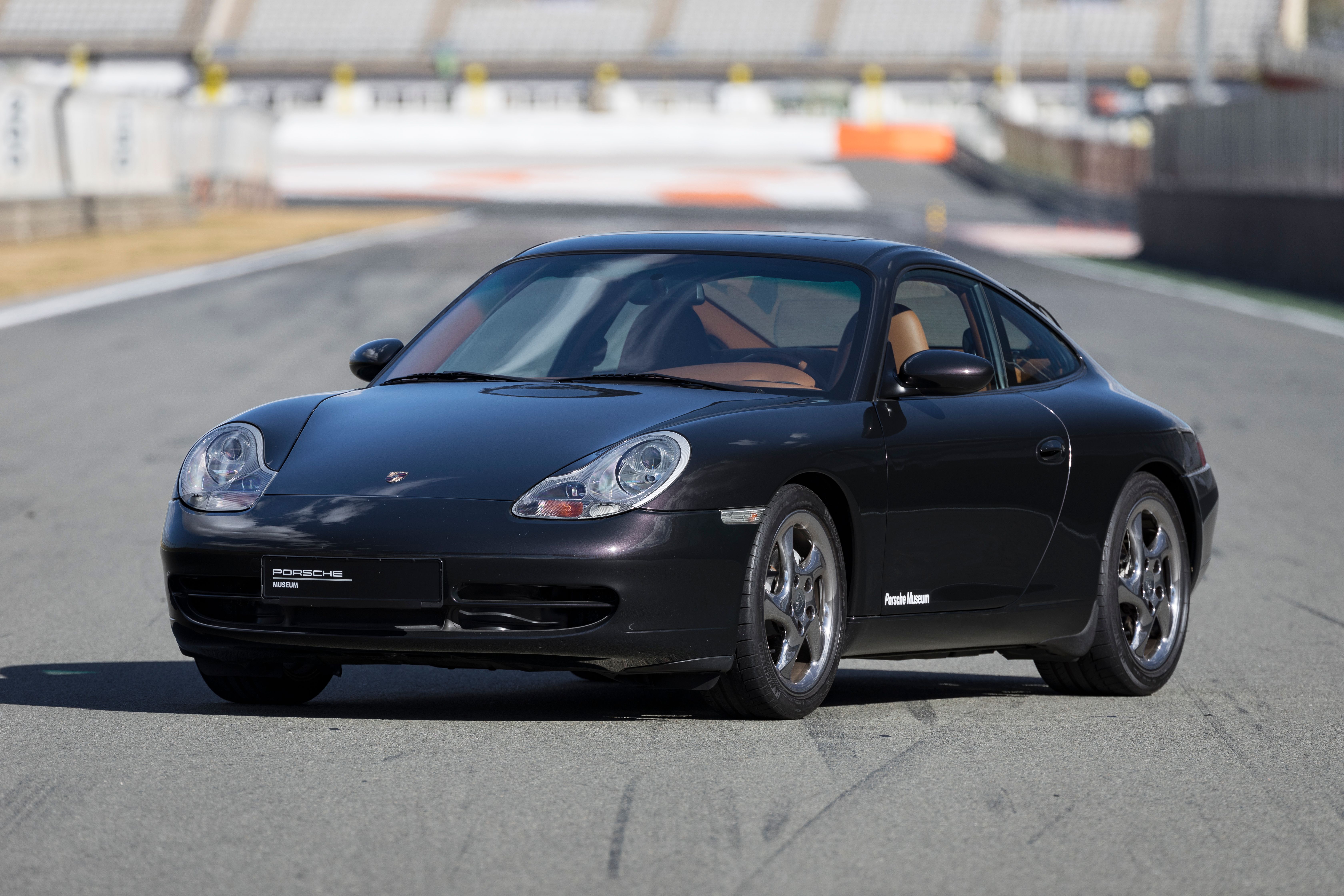Auto manufacturers rely on exterior facelifts and full-on redesigns to adapt cars to the times, refresh consumer interest, and boost sales figures. This strategy often pans out, and sometimes a car maker will issue a model update to wide acclaim. For instance, the newest Lincoln Navigator, introduced for the 2018 model year, represented a massive improvement over the outgoing model and earned Lincoln lots of accolades.
Despite their best intentions, however, car makers sometimes miss the mark -- occasionally their redesigns spur more controversy than praise. Read on to learn about 10 of the most controversial car redesigns in recent history.
10 Acura NSX (First Generation)
The Acura NSX was Honda's attempt at a Ferrari-beating, mid-engined supercar. Sold for 16 years starting in 1990, the NSX was first equipped with a 3.0-liter V6 that produced 250 horsepower and 210 lb-ft of torque. Over the years, the NSX received updates including a more powerful engine and an exterior facelift.
As part of a facelift for the 2002 model year, Honda removed the NSX's original pop-up headlights and replaced them with fixed headlamps. While the updates arguably changed the NSX's look for the worse, they also reduced drag and increased the car's top speed.
9 Jeep Wrangler JK
The Jeep Wrangler JK definitely isn't an ugly car. It's actually quite good-looking, if you're into boxy, utilitarian SUVs. And, evidently, a lot of people are into exactly that -- Jeep sold over 240,000 Wranglers in 2018, making it one of the top-selling cars of that year.
But there's no denying that the JK caused a stir when it replaced the TJ for the 2007 model year. The JK was the first Wrangler to offer a four-door version, power locks, and power windows, angering Jeep purists.
8 Scion xB
The first-generation Scion xB, produced from 2003-2006, was an unabashedly boxy subcompact. It basically looks like a toaster on wheels, and there's something charming about that. While the Scion xB isn't necessarily pretty or well-proportioned, it definitely has some character.
Introduced in 2008, the second-gen xB was rounder, heavier, larger, and less interesting than its predecessor. As a result, sales of the xB immediately plummeted and continued to decrease until the car was phased out in 2015.
7 Toyota MR2 Spyder
The Toyota MR2, Japan's first mid-engined production car, was manufactured globally from 1984-2007 across three generations. The first generation sported a sharp-edged aesthetic, while the second iteration of the MR2 boasted more refined, sleek styling, along with a larger engine and a roomier interior.
The MR2 Spyder, the car's third generation, lacked the streamlined design of its predecessor and featured ridiculously oversized headlights and taillights. Sales took a hit after the introduction of the MR2's controversial third generation, and Toyota only sold 901 units in 2005, the MR2's final year in the United States.
6 Ferrari F512 M
The Ferrari Testarossa, produced from 1984-1991, was a 1980's icon. Celebrities from Elton John to O.J. Simpson to Mike Tyson all owned Testarossas, and the car was famously featured in the TV show Miami Vice.
But things started to go downhill when Ferrari introduced a couple of revisions to the Testarossa after its initial run. The first revision, the Ferrari 512 TR, rounded out some edges while maintaining the same iconic look of the original Testarossa. The F512 M, however, produced from 1994-1996, did away with the Testarossa's pop-up headlights, added on a set of far-too-busy wheels, and gave the car a goofy, Miata-like grin up front.
5 Nissan 370Z
The Nissan 370Z, the latest model in Nissan's legendary Z series, leaves something to be desired in the looks department. It's a far cry from the clean, simple aesthetic of the original Datsun 240Z, which is a design icon in its own right and has been compared to legends like the Jaguar E-Type and Toyota 2000GT.
By the time the Nissan 350Z rolled off the production line in 2002, the Z car still maintained much of the design language and clean lines of its predecessors. But its successor, the 370Z, incorporated lots of sharp angles that made the car appear overly complicated.
4 Toyota Prius
You definitely don't buy a Prius for its looks -- you buy one because it's one of the best and most established hybrid cars on the market. The 2020 Prius gets up to 58 mpg in the city, potentially saving you tons on gas in the long term.
In terms of design, the Prius maintained essentially the same egg-shaped aesthetic across two generations and more than a decade. But by 2015, Toyota evidently felt it was time for a radical redesign. The fourth-generation Prius featured much more extreme, angular styling that is polarizing to say the least.
3 Jeep Liberty
The Jeep Cherokee XJ, introduced for the 1984 model year, was a boxy, remarkably capable compact SUV that remains coveted to this day. Its utilitarian styling and off-road prowess make it a constant favorite among off-roading enthusiasts and those of us who just want to look good driving around town.
But all good things must come to an end, and after an 18-year production run Jeep replaced the Cherokee XJ with the Liberty in 2001. The Liberty ditched the XJ's clean, angular aesthetics in favor of rounded features and an overall less-charming design. Jeep eventually brought back boxy styling for the Liberty's second generation, so they must have gotten the message.
2 BMW 7-Series
The 7-Series, BMW's flagship car, is the most opulent and luxurious sedan the Bavarian brand sells. It comes with a starting sticker price of over $86,000, and well-optioned models go for well into the six figures.
For the 2020 model year, the 7-Series received a somewhat unfortunate facelift, the main complaint being an enormous kidney grille that many see as an eyesore. That being said, the oversized grille isn't just for looks and does bring some utility. At low speeds, the grille stays closed to improve fuel efficiency and aerodynamics; at higher speeds, it opens up to provide better cooling to the engine.
1 Porsche 911 (996)
The 993 generation of the Porsche 911 remains one of the most coveted 911 models of all time, with clean examples regularly selling for 50 grand and up. Sold from 1994-1998, the 993 represents the pinnacle of the 911's evolution for many Porsche enthusiasts -- it was the last 911 to sport an air-cooled engine and the first equipped with a six-speed gearbox.
The same can't be said, however, for the 911's next iteration, the 996. The 996 not only featured a water-cooled engine (blasphemy for a great many Porsche fanatics), it also did away with the 911's signature round headlights in favor of "fried egg" shaped ones. Unpopular headlights and widespread manufacturing issues make the 996 the most controversial 911 model to date.

